Hours into a fresh federal shutdown, the Senate tried—and failed — to flip the lights back on. The vote to end the funding lapse sputtered Wednesday as Democrats held their line: no stopgap without extending Affordable Care Act subsidies that are set to expire and drive premiums higher. Republicans, backed by the White House, refused to include them. The result was stalemate, finger-pointing, and the familiar uncertainty that comes every time Washington lets the clock run out.
The math hinted at some Democratic wobble but not enough to matter. A handful crossed the aisle, yet neither party produced a breakthrough. Meanwhile, roughly three-quarters of a million federal workers braced for furloughs, with the Trump administration openly discussing permanent layoffs and program cuts during the closure. Agencies began shuttering offices, national parks scrambled with skeletal staffing, and the monthly drumbeat of government data — jobs reports, inflation snapshots — fell silent. Markets mostly shrugged at daybreak, but the economic ripples will widen if this drags on.
Republicans pitched Democrats as hostage-takers shutting down the government over a policy fight that, they note, doesn’t hit its hard deadline until year’s end. Democrats countered that subsidized coverage is the difference between workable premiums and sticker shock for millions, and say the GOP is using the shutdown to jam through a “clean” bill that ignores health costs. President Trump added heat rather than light, mocking Democratic leaders online and vowing “irreversible” steps during the closure that would target programs his opponents favor.
Inside the Capitol, the blame game hit full volume. Speaker Mike Johnson and Senate Majority Leader John Thune insisted the quickest path forward is the House’s seven-week funding patch — take it or leave it. Senate Minority Leader Chuck Schumer shot back that Republicans never negotiated in earnest and are pushing a bill that “does nothing” for health care. A few Democrats from swingier turf signaled restlessness, warning that a prolonged shutdown could backfire and still leave the subsidies unresolved. But Democratic leadership, stung by a spring episode when their base thought they caved, is betting that health care remains a winning battlefield.
On the ground, the shutdown’s contours are messy and uneven. Medicare and Medicaid keep running, though thinner staffing could mean slower service. Homeland Security continues core functions. Smithsonian museums planned to stay open through the week, but many parks and memorials will be only partially accessible, raising safety and resource-protection worries. Immigration courts and Justice Department cases lurched into a patchwork pause, with detained dockets moving while non-detained cases stall. The administration put a high-profile freeze on billions for New York transit projects, an unmistakable political shot at the home state of the Democrats’ top two leaders.
There’s no obvious off-ramp. Republicans argue health policy belongs in a separate negotiation once the government reopens. Democrats say the leverage moment is now, not “later,” when the deadline crunch will be even worse and their bargaining power thinner. Polling offers mixed comfort to each side: voters dislike shutdowns on principle, tend to blame both parties, and still tell pollsters they trust Democrats more on health care — even as many independents say don’t close the government to make that point.
For now, the Senate is locked in a loop, replaying failed votes to squeeze defections, while the House remains largely on ice until leaders see a path. The White House budget office has told agencies to prepare for sweeping workforce reductions, a sharp break from past shutdowns that treated furloughs as temporary. And because the Bureau of Labor Statistics and other data shops are going dark, Wall Street, the Fed, and Main Street will be flying with fewer instruments.
In other words, Washington’s latest high-stakes standoff looks a lot like the last ones — except this time the costs could be deeper if the administration makes good on “irreversible” cuts while both parties stare each other down over the price of health care.
CBS News, CNN, FOX News, Politico, and AP contributed to this report.
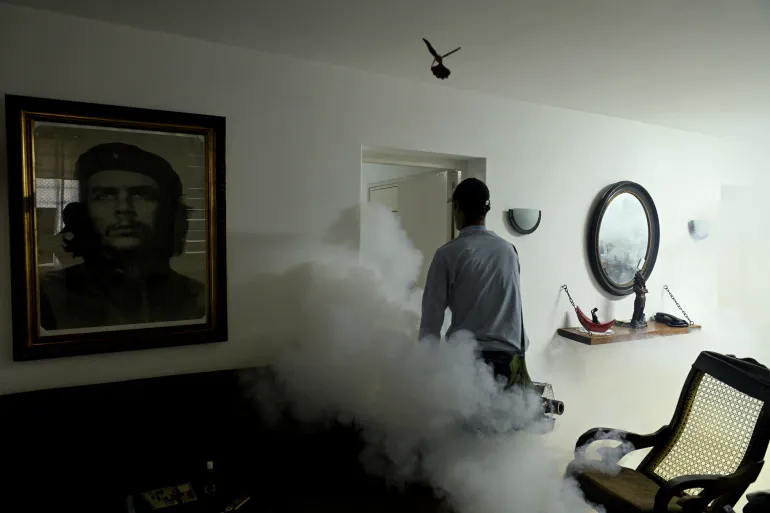



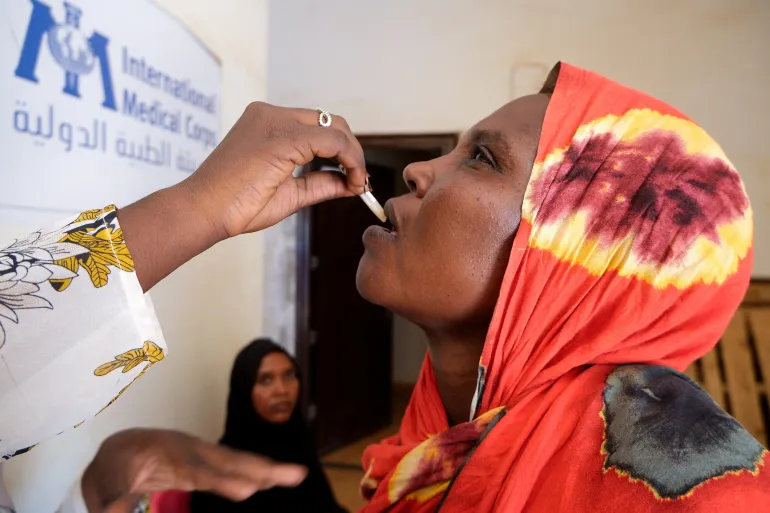
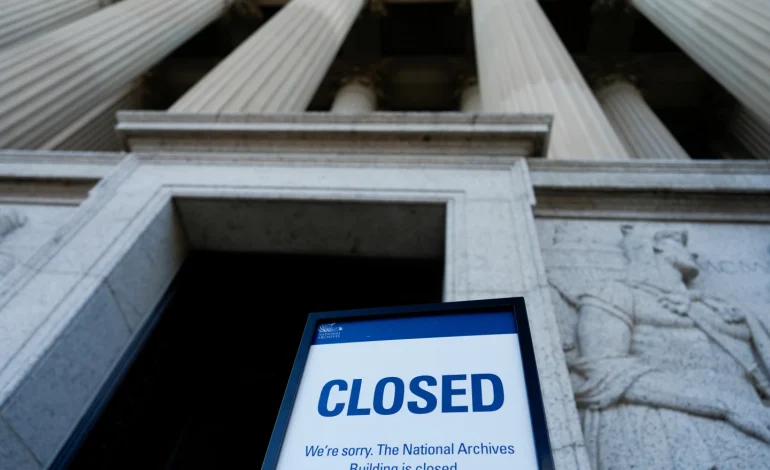


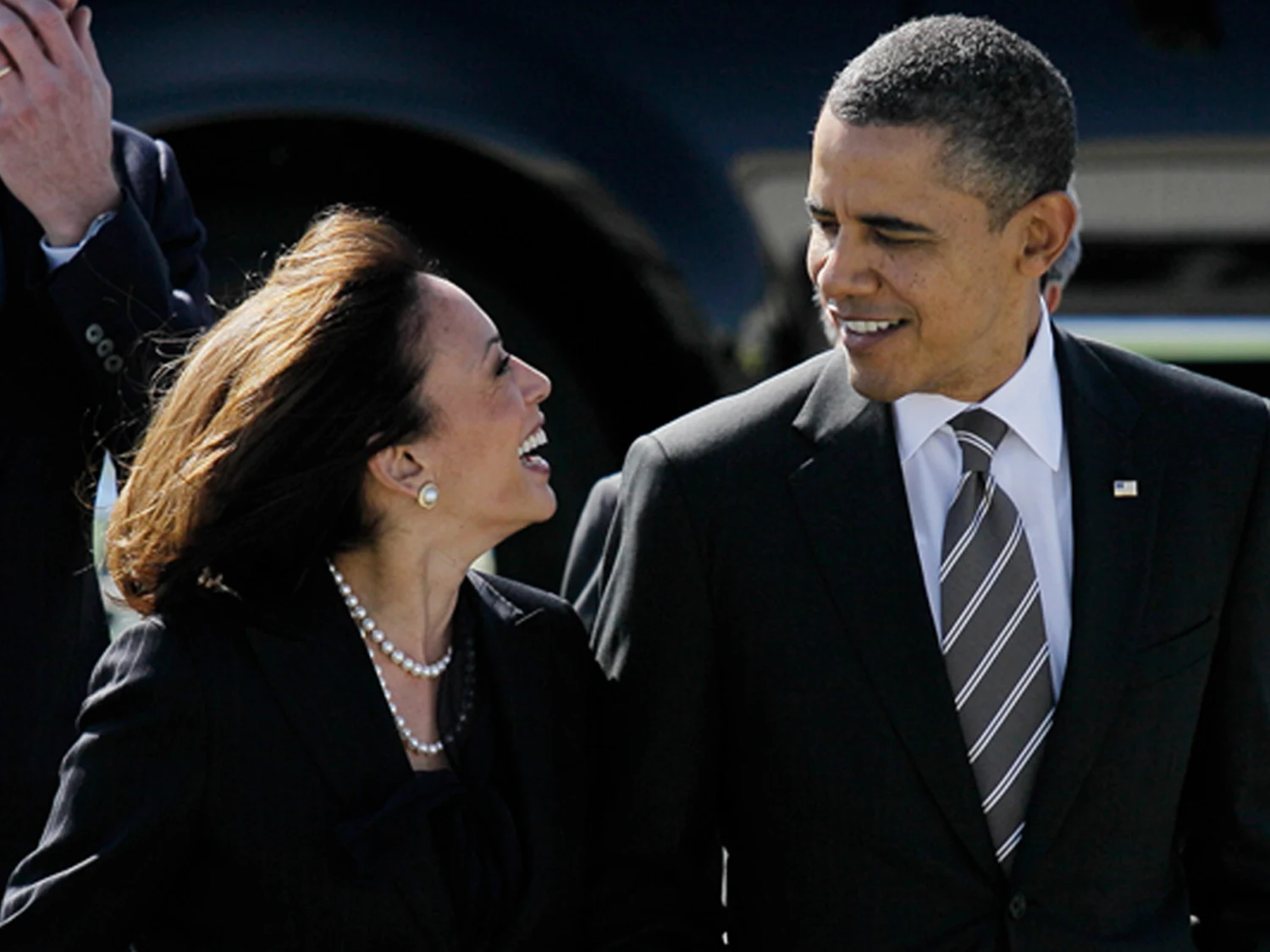
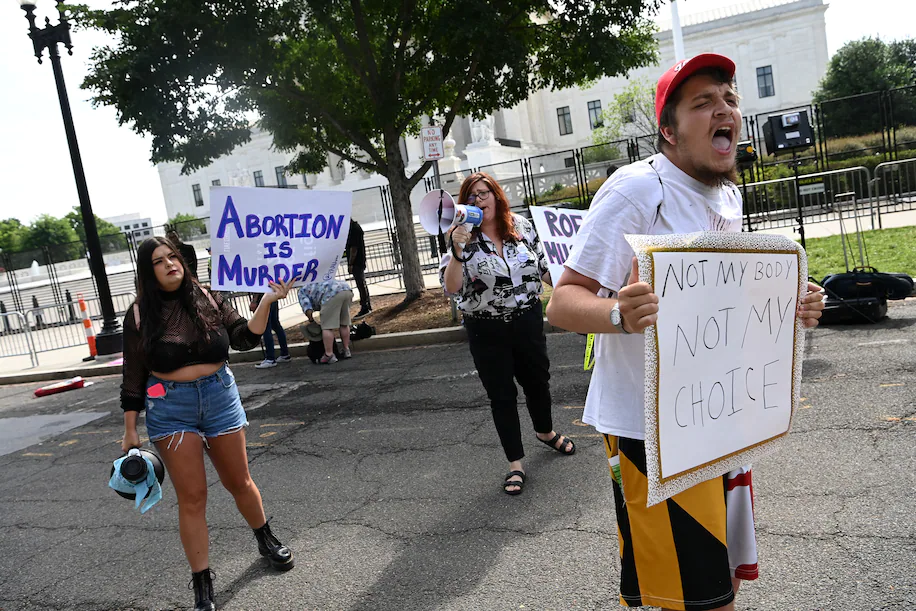
The latest news in your social feeds
Subscribe to our social media platforms to stay tuned